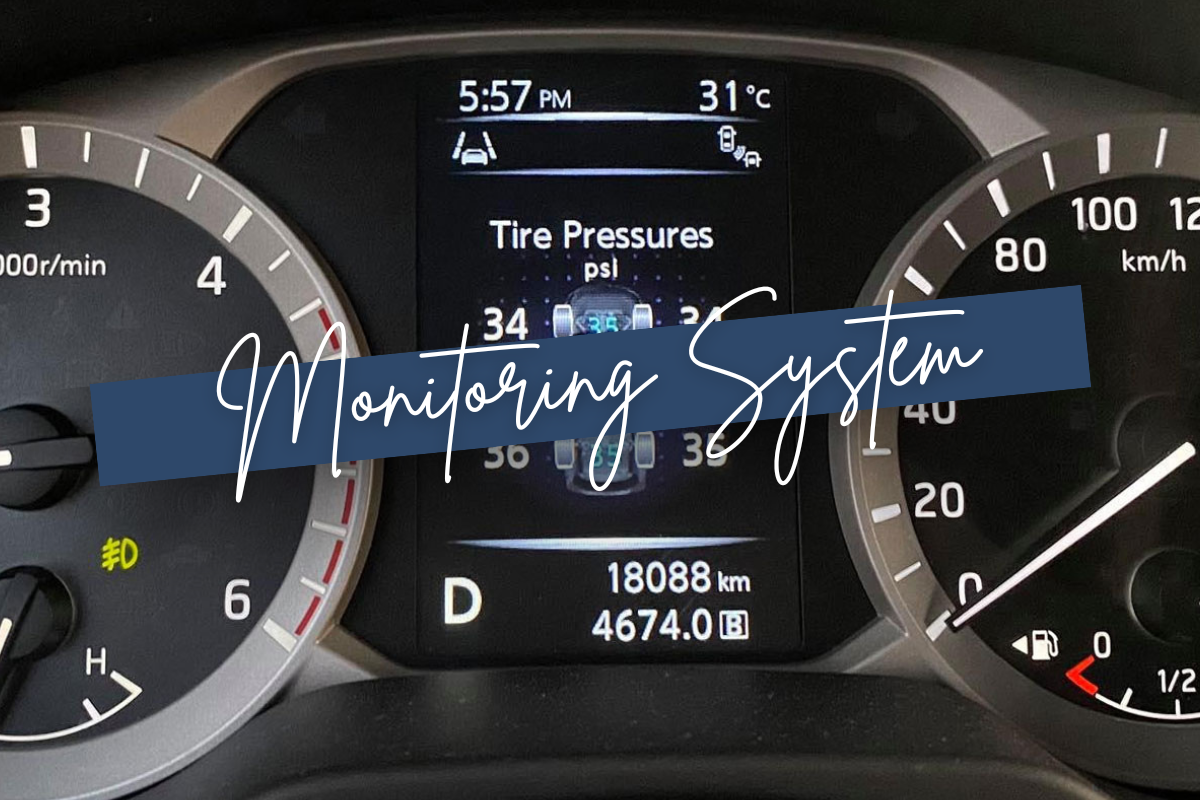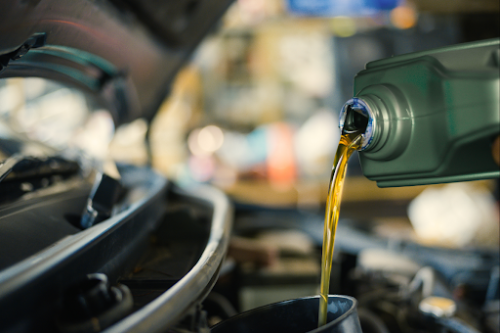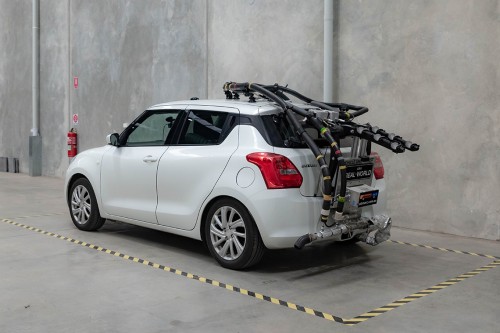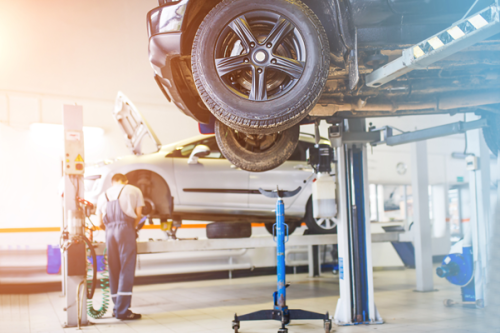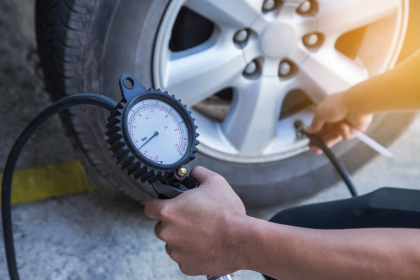
Here are five ways to make sure your tyre pressure is spot on.
Tyres are often undervalued as road safety features, yet they need regular attention and TLC. Inflating them correctly is a good start – it’ll boost your tyres’ longevity, improve your vehicle’s fuel efficiency, and give you better control of steering, braking and cornering.
Check them Regularly
A tyre can lose half of its pressure without even looking flat, so don’t rely on visual checks. Instead, check the tyre pressure at least monthly (perhaps every second time you fill the fuel tank or charge the battery). Don’t forget to check your spare if you have one.
If you’re on a long trip, travelling at high speeds on country roads, inspect the tyre pressure more regularly, particularly if you’re heading off-road.
Try to check before you leave home (when your tyres are cold) or as soon as possible into your journey. As you travel, your tyres warm up and the pressure rises, making it hard to get an accurate measurement.
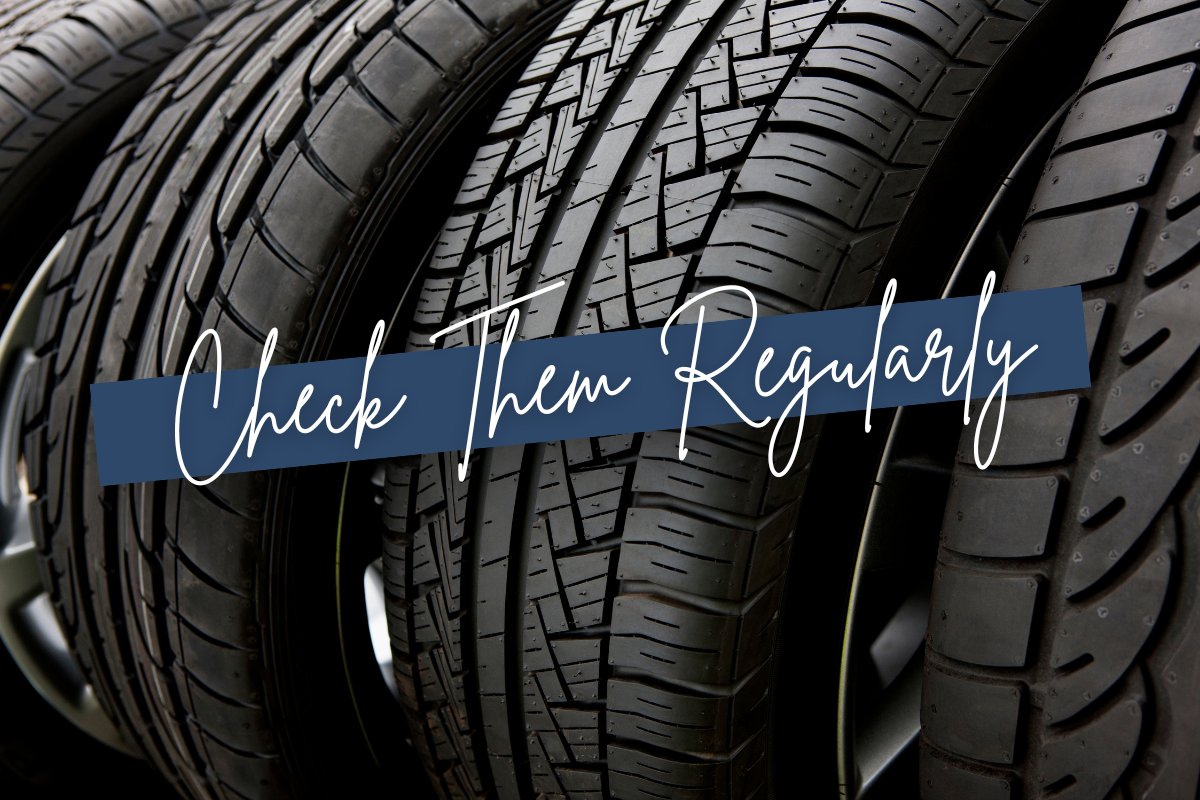
Inflate Correctly
Your owner’s manual, tyre retailer, mechanic, or the car itself will help you find the right pressure for your tyres. Look for a sticker inside the driver’s door or check the glove box lid or fuel cap. Pay attention to tyre pressure variations. You may need to inflate the front and rear tyres differently, depending on how many passengers or the loads you’re carrying, or adjust them according to the surfaces you’re driving on, such as sand or dirt.
You can use a service station hose to inflate your tyres, and the automated types are more accurate than the old-style hoses that were often dropped or driven over. If you’re using a service station pump with a hose, make sure it’s flush and fully attached to your tyre’s valve to prevent air leaks or false readings.
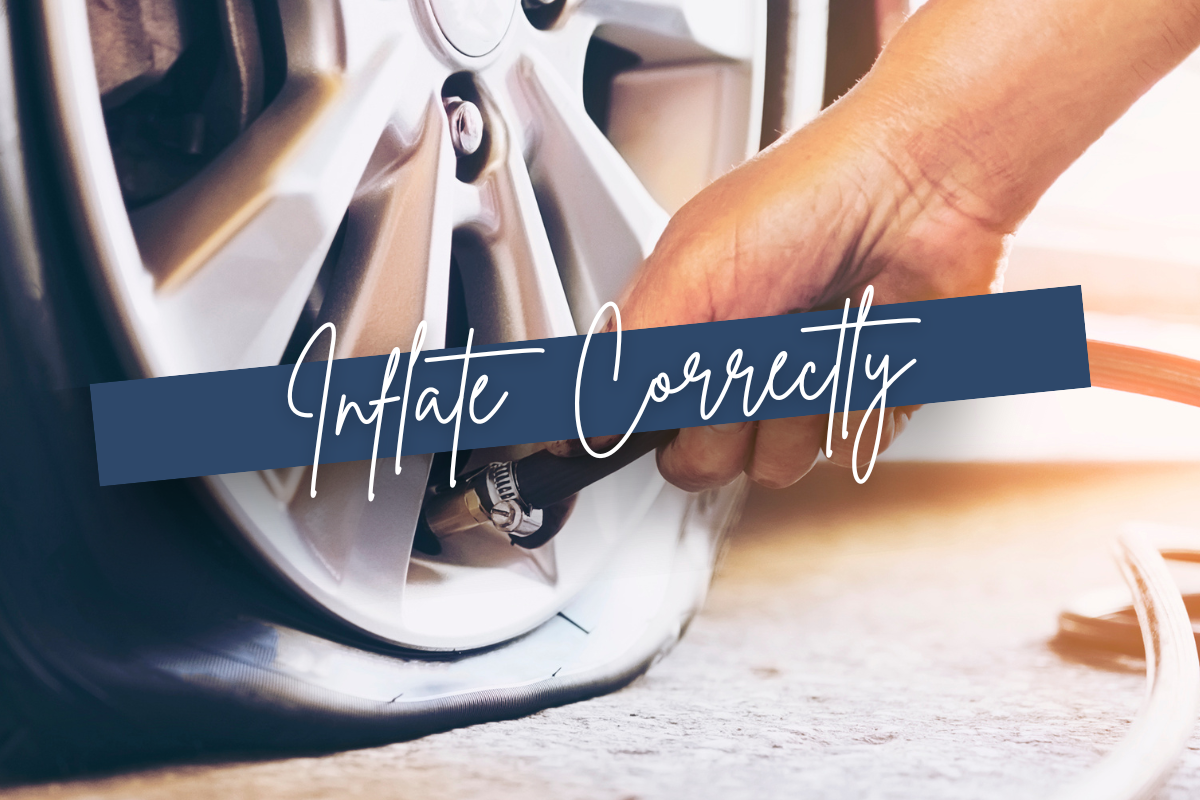
Measure Correctly
Some imperial measurements – like inches for TV screens – have stuck around in Australia. It’s the same with tyre pressure. Imperial pounds per square inch (PSI) – instead of the metric kilopascals (kPa) – are often the default measurement at petrol station air pumps or in your owner’s manual.
When checking the tyre pressure, it doesn’t matter whether you use PSI or kPa, as long as you’re consistent. If you need to convert, one PSI equals 6.895 kPa, so if your tyre or vehicle manufacturer recommends 35 PSI, that’s about 241.3 kPa.
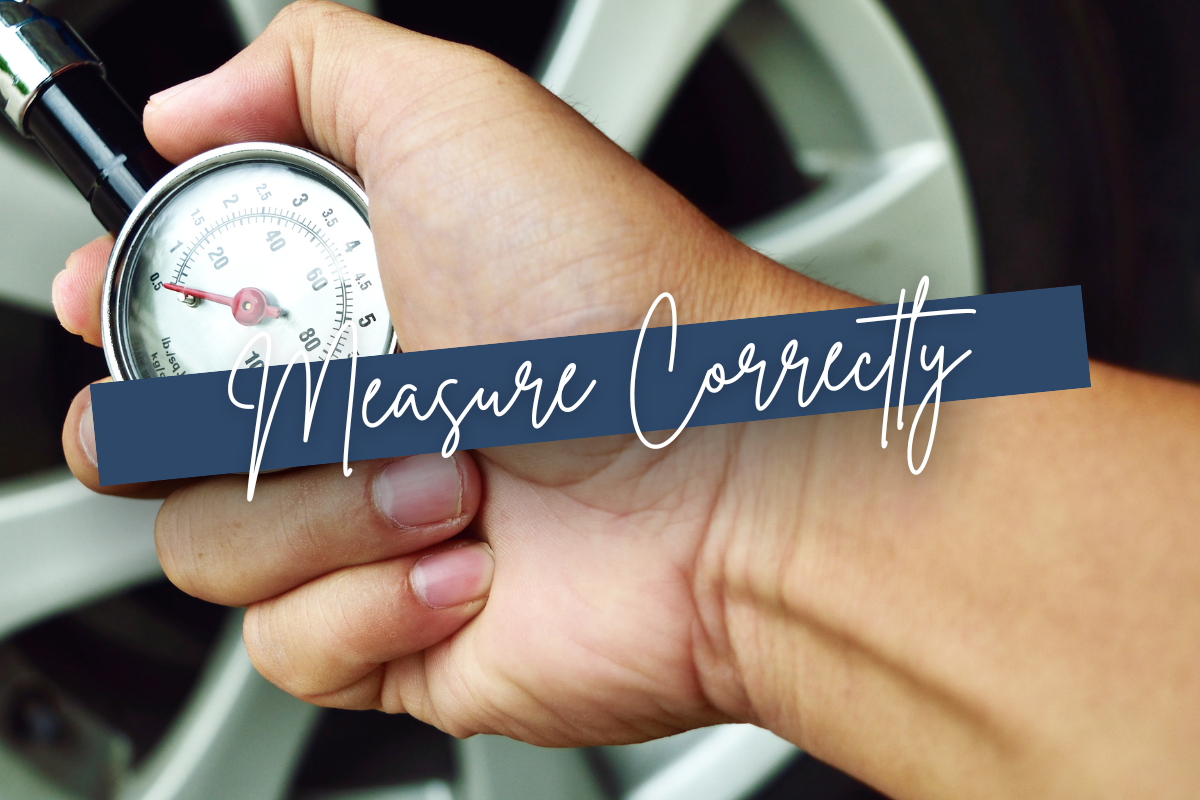
Keep your Pressure in the Goldilocks Zone
You don’t want your tyre pressure too high or too low, but just right. Tyre pressure recommendations aim to achieve a balance of fuel economy, safety, handling and braking, and comfort, so if you deviate from these, you’re compromising one or more of those factors.
Under-inflating your tyres increases the risk of damaging them and reduces their tread life because they wear more on the outside shoulders. Underinflation also reduces fuel economy and load capacity, and you’ll lose cornering stability and steering precision. If your tyres are over-inflated, you’ll notice a much harsher ride. Your treads will wear more in the centre of your tyres and they’re more likely to be damaged by potholes, debris, or other road imperfections.
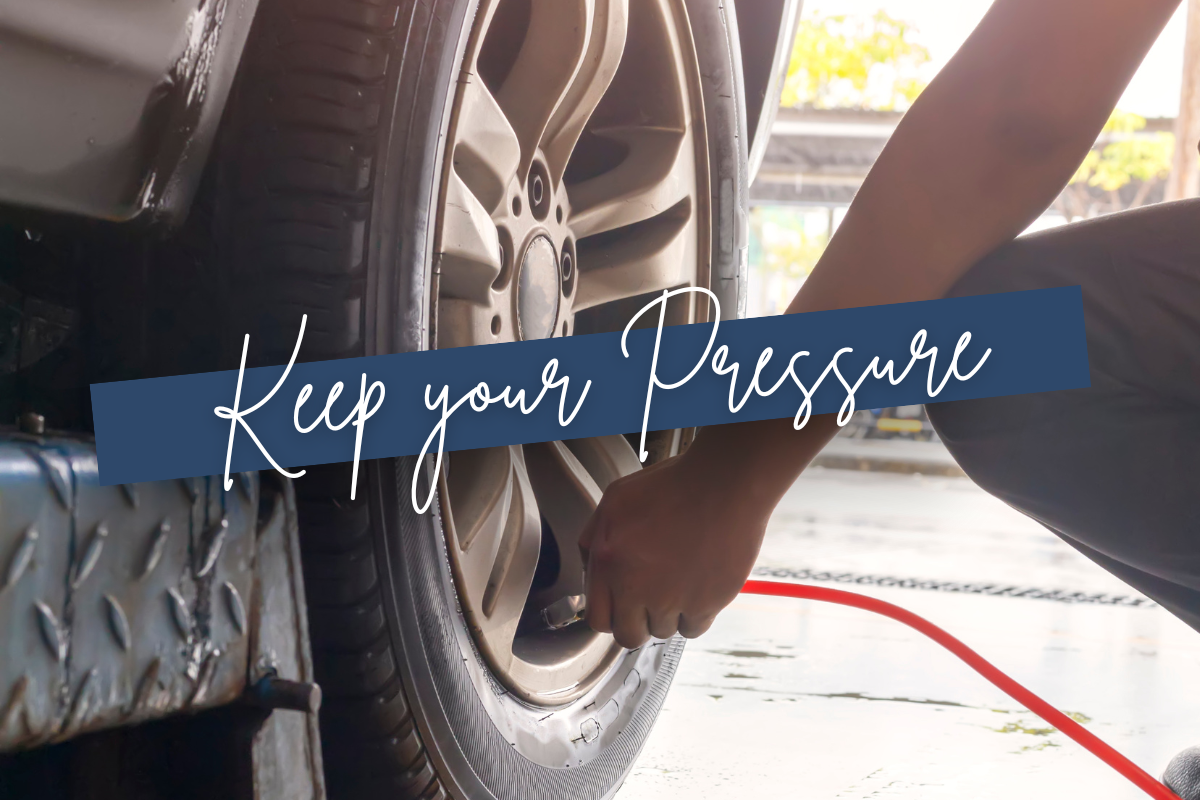
Use a Tyre Pressure Monitoring System
Many modern vehicles have factory-fitted tyre pressure monitoring systems (TPMS) that alert you when the pressure in one or more of your tyres drops. You can also buy after-market versions of these gadgets.
Setting these is reasonably simple on most cars – inflate all four tyres to the correct pressure and then with the engine on, press the TPMS button until you hear it beep. Do this each time you re-calibrate your tyre pressure so it can keep alerting you to any problems. Check your owner’s manual or online for instructions on how to set the TPMS in your vehicle, but don’t rely on it solely. It’s still good practice to check your tyres at least once a month.
